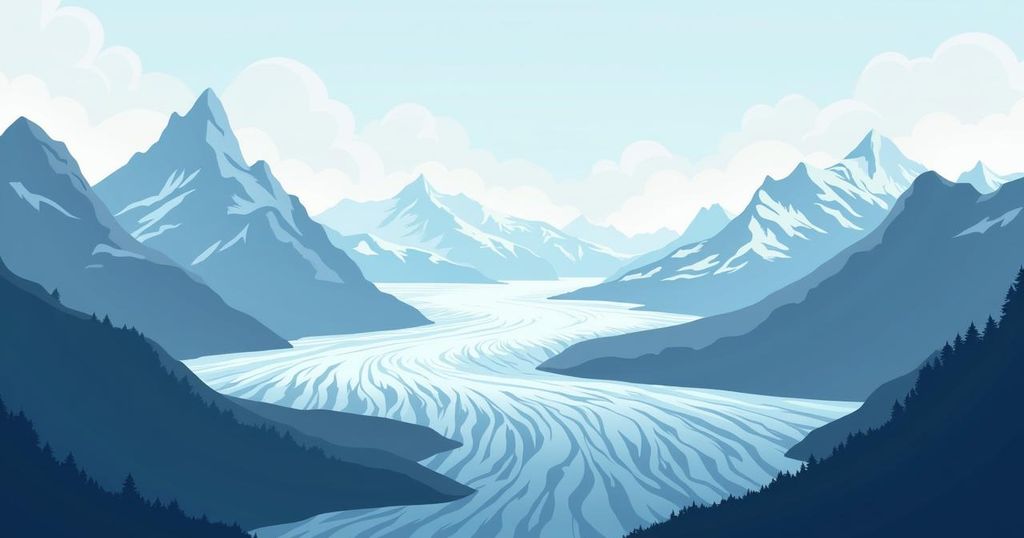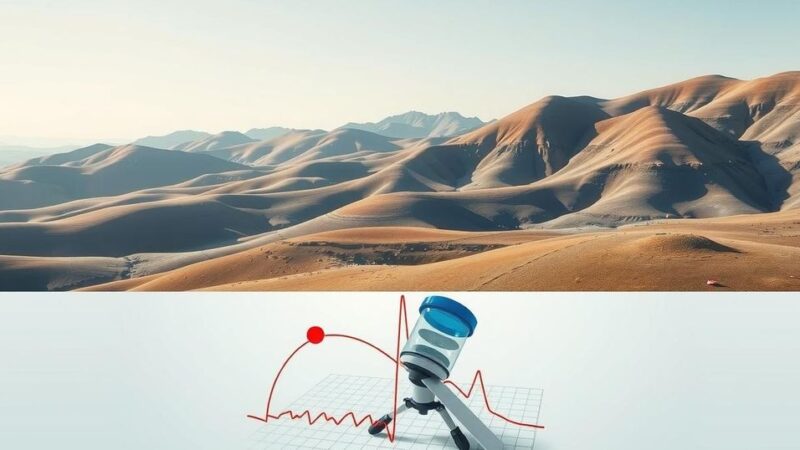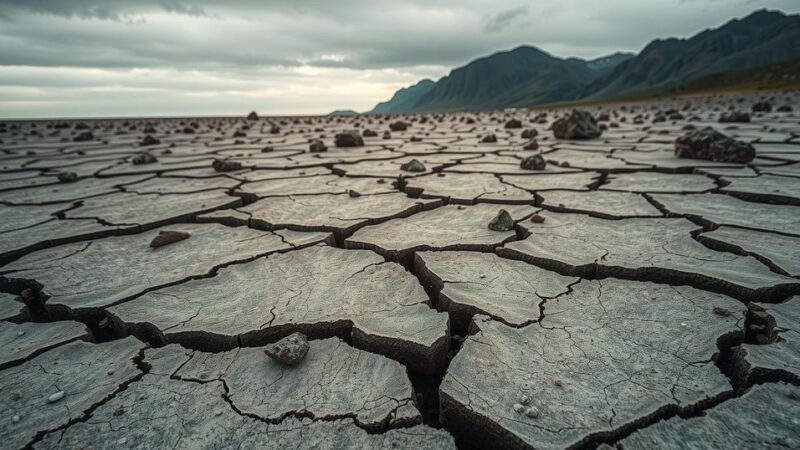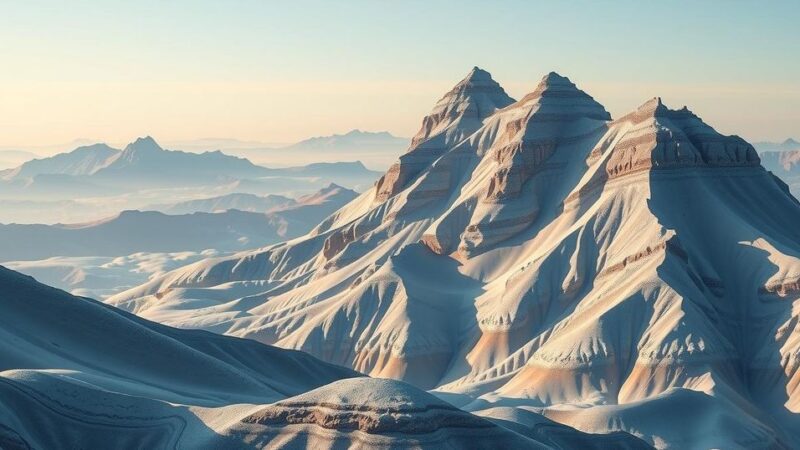Rock glaciers, located in the Wasatch Mountains near Salt Lake City, are large masses of flowing ice covered in rocks, presenting a promising avenue for climate research. Their insulating layers allow them to withstand warming temperatures better than surface glaciers. Despite being more common than traditional glaciers, research on rock glaciers has been limited, primarily occurring in Europe. However, studies indicate they could be crucial for water resources in arid regions, providing significant contributions to summer stream flows while serving as habitats for cold-climate species. Understanding and preserving these ice masses are essential as they offer hope amidst global climatic changes.
In the Wasatch Mountains near Salt Lake City, Utah, lies a popular hiking trail leading to White Pine Lake. However, Scott Hotaling, a mountain ecologist from Utah State University, ventures past the lake, ascending further to investigate a significant geological formation known as a rock glacier. Unlike typical glaciers which evoke images of sweeping snowy landscapes, rock glaciers are masses of ice enveloped in rocks. Hotaling highlights their rising prominence in research due to their potential resilience against climate change, stating, “Because they are covered by all of this debris, they are insulated from ambient conditions and things like climate change.” Rock glaciers comprise two times the number of standard glaciers in the western United States, yet they remain largely understudied. Initial discussions of rock glaciers date back to the early 1900s, with significant research predominantly conducted in the European Alps, possibly due to their proximity to human populations. A long-term study tracked a rock glacier in the Alps over almost 70 years, revealing minimal mass change, unlike neighboring surface glaciers, which experienced rapid shrinkage. Contemporary research by Hotaling and his team in the Teton Mountain Range illustrates that surface glaciers are retreating approximately seven times faster than rock glaciers, indicating the latter’s potential to dominate future landscapes as surface ice continues to decline. Hotaling notes, “These things actually seem to be holding steady amidst widespread ice decline; they give people a little bit of climate hope.” Despite their robust reserves of ice, investigating these glaciers poses challenges. Rock glaciers contain both ice and rock, complicating efforts to assess their ice volume. Notably, Morriss, a geologist, successfully retrieved a rare ice sample from a rock glacier through a fortunate finding of an access hole beneath the surface rocks. The implications of rock glacier water are significant for arid regions such as Utah, where water supplies are increasingly at risk. Recent studies indicate that rock glaciers harbor critically important water resources that contribute to mountain stream flow during summer months. As Hotaling and his team investigate the glacial outflows, they aim to comprehend the ecosystem services provided by these structures, which not only support biodiversity but also serve as crucial drinking water sources for cities like Salt Lake City. The White Pine Lake glacier, located in a canyon where approximately 12% is covered with rock glaciers, represents an underappreciated and vital resource worthy of further exploration.
Rock glaciers represent a unique type of glacier, characterized by their surface covering of rocks and minimal exposure of ice. With their insulating rock layers, they are anticipated to endure longer than traditional glaciers amidst climate warming, garnering increased scientific interest. The western United States possesses a vast number of rock glaciers, yet they remain under-researched, particularly when juxtaposed with typical glaciers. Historical interest in these features has primarily centered in Europe, constraining advancements in understanding their characteristics and implications in the context of climate change and water resources. As glaciers recede, the potential for rock glaciers to provide both water and ecological refuge underscores the necessity for further investigation.
The study of rock glaciers is not only critical for understanding their resilience against climate change but also for recognizing their role as essential water reserves in increasingly arid environments. The research led by individuals such as Scott Hotaling and Matthew Morriss highlights the untapped potential these geological formations hold for water supply and ecological support. Given their prevalence and crucial contributions, it is imperative that rock glaciers receive increased attention within scientific research agendas to optimize sustainable management of these hidden resources.
Original Source: www.mainepublic.org






